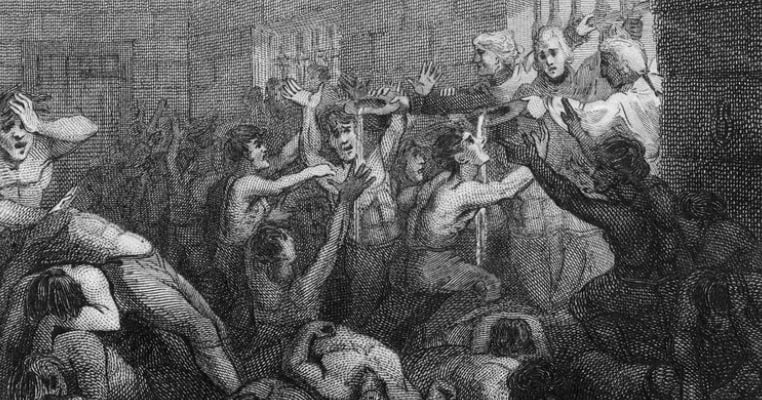
ADVERTISEMENT - CONTINUE READING BELOW
15. The Solovki Prison Camp was known as the mother of the Soviet Gulag
Gulag is an acronym in Russian for Main Administration of Camps, which through usage became an English word referring to forced labor prison camps. The Soviets demurred from use of the term forced labor and referred to the camps as corrective labor camps, which were established under Lenin and greatly expanded by Stalin in the 1930s to the 1950s. Often the only route out of Lubyanka alive was to the destination of one of the camps. The Solovki camp was established by confiscating a monastery in the White Sea in 1922, executing the monks who protested, and burning all of the wooden buildings. The remaining monks were sent to other forced labor camps.
Although petty criminals were sent to the gulag, most of the inmates were political prisoners, and the Soviet guards used the criminal inmates as spies on the others. The main corrective labor performed by the inmates was on the White Sea – Baltic canal, part of Stalin’s Five Year Plan, and a project in which up to 25,000 laborers died. Another up to 10,000 inmates were shot by camp guards or transferred to Solovki for execution. When war clouds loomed in 1939 Solovki was deemed to be too near the front lines, and though a few prisoners were transferred to other camps, the majority were transferred to the mainland and shot. The exact number of prisoners who died at Solovki or while being transferred from it cannot be known with certitude.

